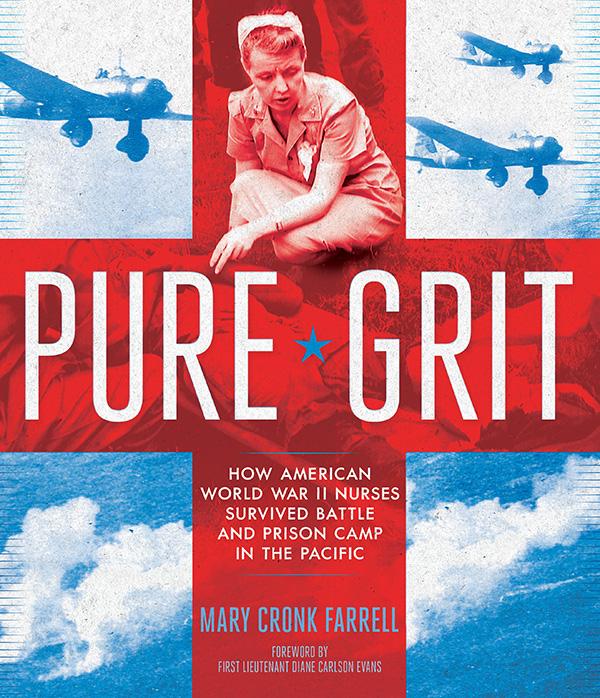2018 School Spending Survey Report
Pure Grit: How American World War II Nurses Survived Battle and Prison Camp in the Pacific
160p. bibliog. chron. glossary. index. maps. notes. photos. reprods. websites. Abrams. 2014. RTE $24.95. ISBN 9781419710285. LC 2013017134.
COPY ISBN
Using historical interviews and modern correspondence with the subjects' relatives, Farrell presents a fascinating account of the more than one hundred army and navy nurses who served in the South Pacific in WWII. Through every battle and retreat, and even in POW camps, these nurses cared for the injured under the most primitive of conditions. The book's utilitarian design features archival photographs. Timeline, websites. Bib., glos., ind.
This incredible survival story is completely absorbing in its recounting of escalating tension and genuine heroics. Readers will be inspired by the nurses’ courage and indomitable spirit in the face of grave dangers. Primary-source quotations from interviews and nurses’ diaries provide immediacy and vivid detail: “Bombs dropped every few minutes, and we grew used to the whistle of flying steel. Used to it, but never indifferent, only so tired and starved we walked like zombies. Most of us expected to be taken prisoner right where we were.” Abundant period photographs highlight the contrast between a relatively carefree military life in the Philippines prior to the attack on Pearl Harbor, and the harsh conditions afterward. Not only does the book bring an important but little-known story to light, it’s also one of the rare titles to focus on World War II’s Pacific Theater.
There are many books written about young people enlisting in the military, being unprepared for the horrors of battle or tortures of capture, serving bravely, and coming home. But women? In direct fire? In POW camps? During World War II? Not so many, a void Farrell admirably fills with this account of the more than one hundred army and navy nurses who served in the Philippines during the bombing and evacuation of Manila, the Battle of Bataan, and the evacuation and surrender of Corregidor. During every battle and every retreat, and even within the walls of the POW camps (where many were incarcerated from 1942 to 1945), these nurses cared for the injured under the most primitive of conditions. Using information taken mainly from historical interviews and modern correspondence with the subjects' relatives, Farrell directly confronts the horrors of war and the years of inhumane treatment in the POW camps. These women -- malnourished, ill with diseases such as malaria, dysentery, and beriberi -- established multiple hospital sites and often shouldered doctors' medical duties. Many returned home with disabilities and lifelong medical problems; though many suffered from PTSD, no mental health services were available to them. The book design is double-columned utilitarianism; archival photographs vary in effectiveness: many are posed group shots while others are (understandably) grainy, offering context over clarity. The account concludes with a timeline, glossary, list of nurses, documentation, bibliography, suggested websites, and an index. betty carter
ALREADY A SUBSCRIBER? LOG IN
We are currently offering this content for free. Sign up now to activate your personal profile, where you can save articles for future viewing





Be the first reader to comment.
Comment Policy:
Comment should not be empty !!!